BLACK SOCIAL HISTORY Pre-First World War
The tradition of military service by Black Canadians goes back long before Confederation. Indeed, many Black Canadians can trace their family roots to Loyalists who emigrated North in the 1780s after the American Revolutionary War. American slaves had been offered freedom and land if they agreed to fight in the British cause and thousands seized this opportunity to build a new life in British North America.
This tradition of military service did not end there, with some Black soldiers seeing action in the War of 1812, helping defend Upper Canada against American attacks. A number of volunteers were organized into the “Company of Coloured Men,” which played an important role in the Battle of Queenston Heights. Black militia members also fought in many other significant battles during the war, helping drive back the American forces. Black soldiers also played an important role in the Upper Canadian Rebellion (1837–1839). In all, approximately 1,000 Black militia men fighting in five companies helped put down the uprising, taking part in some of the most important incidents such as the Battle of Toronto.
Black volunteers also served with British forces farther away from home, including in the Royal Navy. Indeed, one such man, William Hall, would earn the Victoria Cross (the highest award for military valour) for his brave actions in India in 1857.
Black people in the West also forged their own military traditions. In the late 1850s, hundreds of Black settlers moved from California to Vancouver Island in pursuit of a better life. Approximately 50 of the new immigrants soon organized the Victoria Pioneer Rifle Corps, an all-Black volunteer force also known locally as the “African Rifles.” While the corps was disbanded by 1865 after only a few years of existence, it was the first officially-authorized militia unit in the West Coast colony.
While relatively few Black Canadians served in the military in the years immediately following Confederation, a few were part of the Canadian Contingent that went overseas during the South African War of 1899–1902. However, the First World War that erupted a decade and a half later would see a great change in how Black Canadians served.
First World War
Like so many others swept up in the excitement and patriotism that the First World War (1914-1918) initially brought on, young Black Canadians were eager to serve King and country. At the time, however, the prejudiced attitudes of many of the people in charge of military enlistment made it very difficult for these men to join the Canadian Army. Despite the barriers, some Black Canadians did manage to join up during the opening years of the war. Black Canadians wanted the chance to do their part on a larger scale, however, and pressured the government to do so.
On July 5, 1916, the No. 2 Construction Battalion was formed in Pictou, Nova Scotia—the first large Black military unit in Canadian history. Recruitment took place across the country and more than 600 men were eventually accepted, most from Nova Scotia, with others coming from New Brunswick, Ontario, the West and even some from the United States. The Black Battalion’s chaplain was Reverend William White, who had also played a leading role getting the unit formed. He was given the rank of Honourary Captain—one of the few Black commissioned officers to serve in the Canadian Army during the war.
The segregated battalion was tasked with non-combat support roles. After initial service in Canada, the battalion boarded the SS Southland bound for Liverpool, England in March 1917. Its members were sent to eastern France later in 1917 where they served honourably with the Canadian Forestry Corps. There they helped provide the lumber required to maintain trenches on the front lines, as well as helped construct roads and railways. After the end of the First World War in November 1918, the men sailed to Halifax in early 1919 to return to civilian life and the unit was officially disbanded in 1920.
In addition to the men of the Black Battalion, an estimated 2,000 Black Canadians, such as James Grant, Roy Fells, Seymour Tyler, Jeremiah Jones and Curly Christian, were determined to get to the front lines and managed to join regular units, going on to give distinguished service that earned some of them medals for bravery.
Black Canadians also made important contributions on the home front. They helped achieve victory by working in factories making the weapons and supplies needed by the soldiers fighting overseas, and by taking part in patriotic activities like raising funds for the war effort.
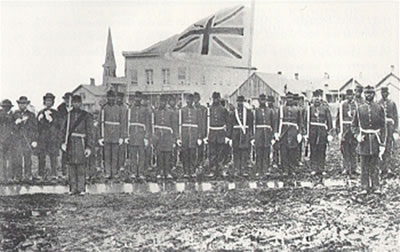
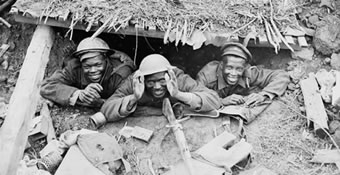
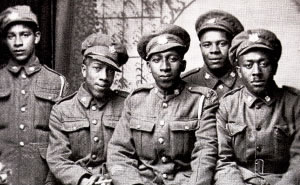
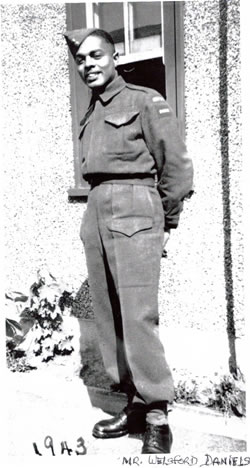


























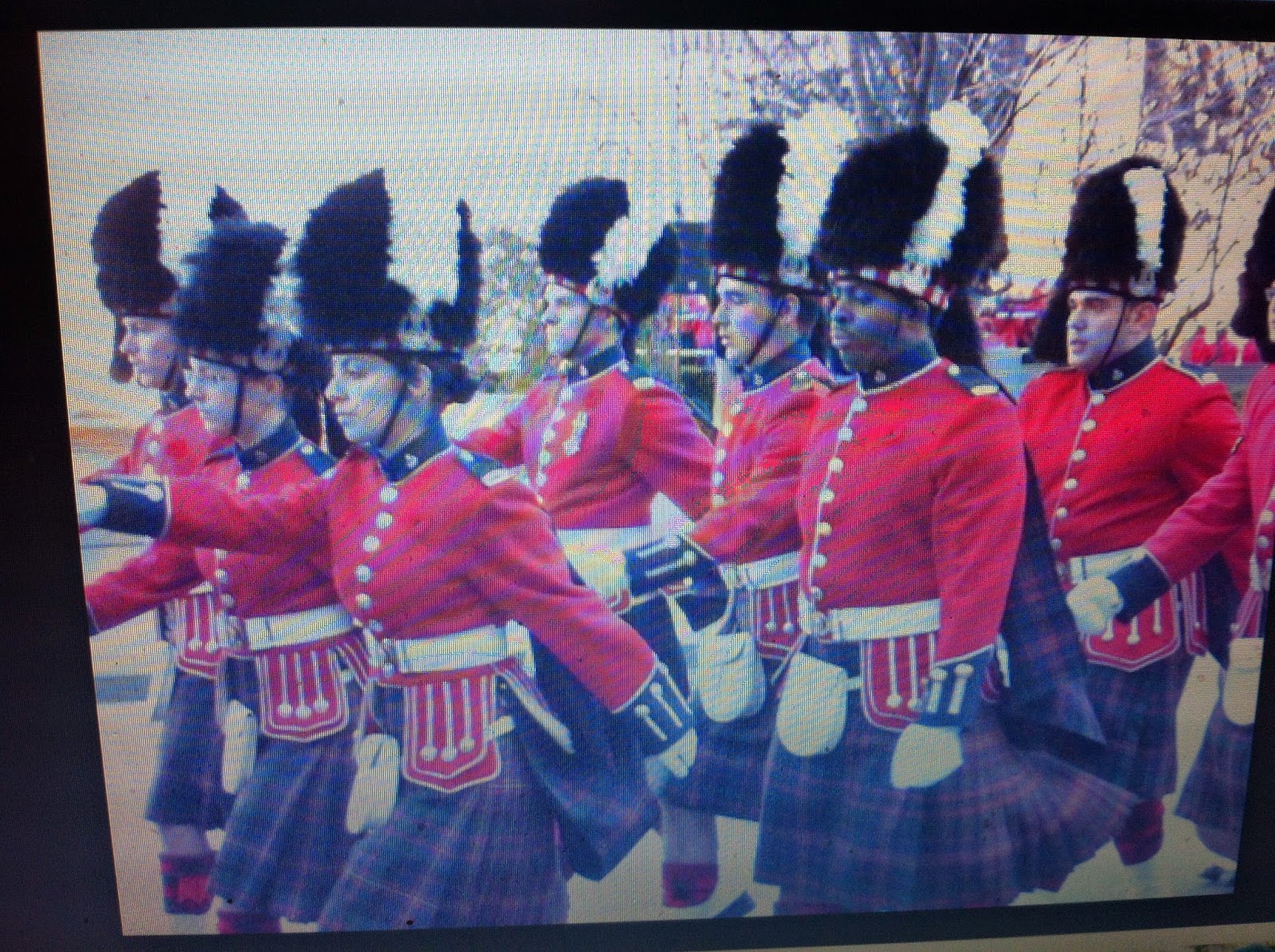











































No comments:
Post a Comment